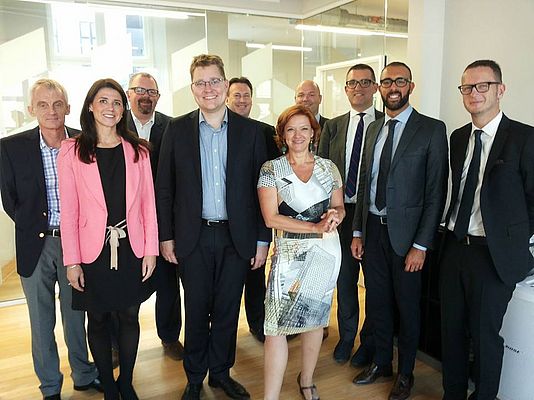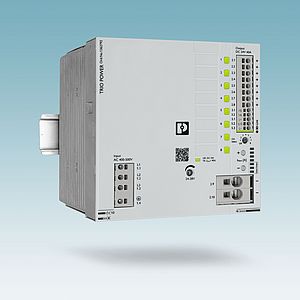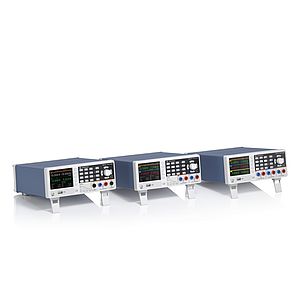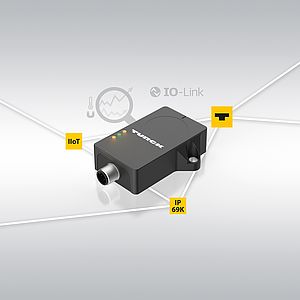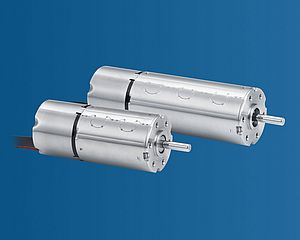The European Alliance to Save Energy (EU-ASE) is a European business association created in December 2010 in order to respond to the urgent need for more decisive policies to promote the development of energy efficiency in Europe.
Our mission is clear: to make it impossible for European politicians to imagine a safe and sustainable economic system without a crucial role for energy efficiency. To achieve this goal, our approach is a constructive dialogue with the representatives of both European and national institutions. Since its launch, EU-ASE has followed several legislative dossiers among which the Energy Efficiency Directive, the European climate and energy package for 2030 and now the plan for an Energy Union.
The main goal of EU-ASE advocacy requests is a binding EU energy efficiency target; a goal that has not been reached yet either for 2020 or for 2030. A target for energy efficiency is not a cap on energy consumption and thus a reduction in industrial production: an increase in energy efficiency is achieved by the optimization of production processes, by the use of technologies and services with low consumption rates and by the reduction of energy loss.
Sectorial and fragmented policies that do not identify a common long-term objective reduce business confidence and inhibit investments, reducing business opportunities. The lack of a clear binding regulatory framework for energy efficiency is weakening the sector in Europe. As a result, according to the International Energy Agency, two-thirds of the global potential of energy efficiency will remain untapped in 2035.
In the past two years, the companies represented by EU-ASE advocated the adoption of a European climate and energy package for 2030 with 3 binding targets; notably one for energy savings at 40%, as was also urged by the European Parliament. However, other interests prevailed and during the European Council on 23 and 24 October 2014 Heads of State and Government agreed for a European indicative target at 27% with a review clause to consider an increase, having in mind a 30% target for 2030.
As soon as the new European Commission was elected, a debate around the Energy Union was initiated with the identification of a responsible Vice-President of the European executive for its own definition, development and achievement: the Slovak Maroš Šefčovič.
The Commission is currently consulting Member States and various stakeholders to propose a Communication by spring 2015. EU-ASE is working with several Governments - especially with the Latvian government which currently holds the Presidency of the Council of the European Union - and the Commission to ensure that energy efficiency will be a key horizontal pillar.
EU-ASE will be represented at the important Ministerial conference in Riga on 6 February to highlight the position of the progressive business community and outline the concept of "energy efficiency first": to give systematic priority to energy efficiency in energy policies and in any decision on energy infrastructures. In concrete terms, this would imply an in-depth analysis to verify whether it is cheaper to reduce energy demand instead of realizing new energy production capacity.
It was the Commission itself who introduced the concept in 1990 under the name of "integrated resource planning", but it remained a dead letter. Instead, the idea was applied very successfully in California and other parts of the United States.
The political climate seems to be more favorable to energy efficiency under this new Commission (notably because of the clear support of President Juncker for "a European energy efficiency target at 30% as a minimum") and we believe that including the "energy efficiency first" concept in the Communication for an Energy Union would help achieving this formal promise.
In parallel, President Juncker has launched an Investment Plan for Europe and Member States have submitted a list of projects worth over €500 billion in total. However, an analysis of these projects identified by a Task Force demonstrates that energy efficiency might not receive the necessary amount to exploit its true potential. The aggregate potential for investments in energy efficiency, excluding a large project funded by European funds in France, should amount to €22 billion.
No energy efficiency project has been identified in some countries (Germany, Spain, Denmark, Finland, Sweden and Malta), while the figures are more convincing in countries where national strategies to increase energy efficiency are well established, such as in Croatia. Italy also includes projects for public lighting, energy efficiency improvements in intensive energy industries and renovation of public buildings.
EU- ASE is working with other companies on different initiatives; among these a letter initiated by EU-ASE and co-signed by 35 companies and business associations addressed to President Juncker and Commissioner Katainen on the leading role that energy efficiency should have in the Investment Plan for Europe.
Companies represented by EU-ASE call the business community to join efforts to make sure that both energy efficiency services and technologies have the adequate legislative support to promote a competitive and sustainable market for energy efficiency. And they call for legislation that will identify energy efficiency as the engine of competitiveness, security of supply and sustainability for the European economy.
We will make our voices heard with force and conviction.
By Monica Frassoni, President of the European Alliance to Save Energy (EU-ASE)


